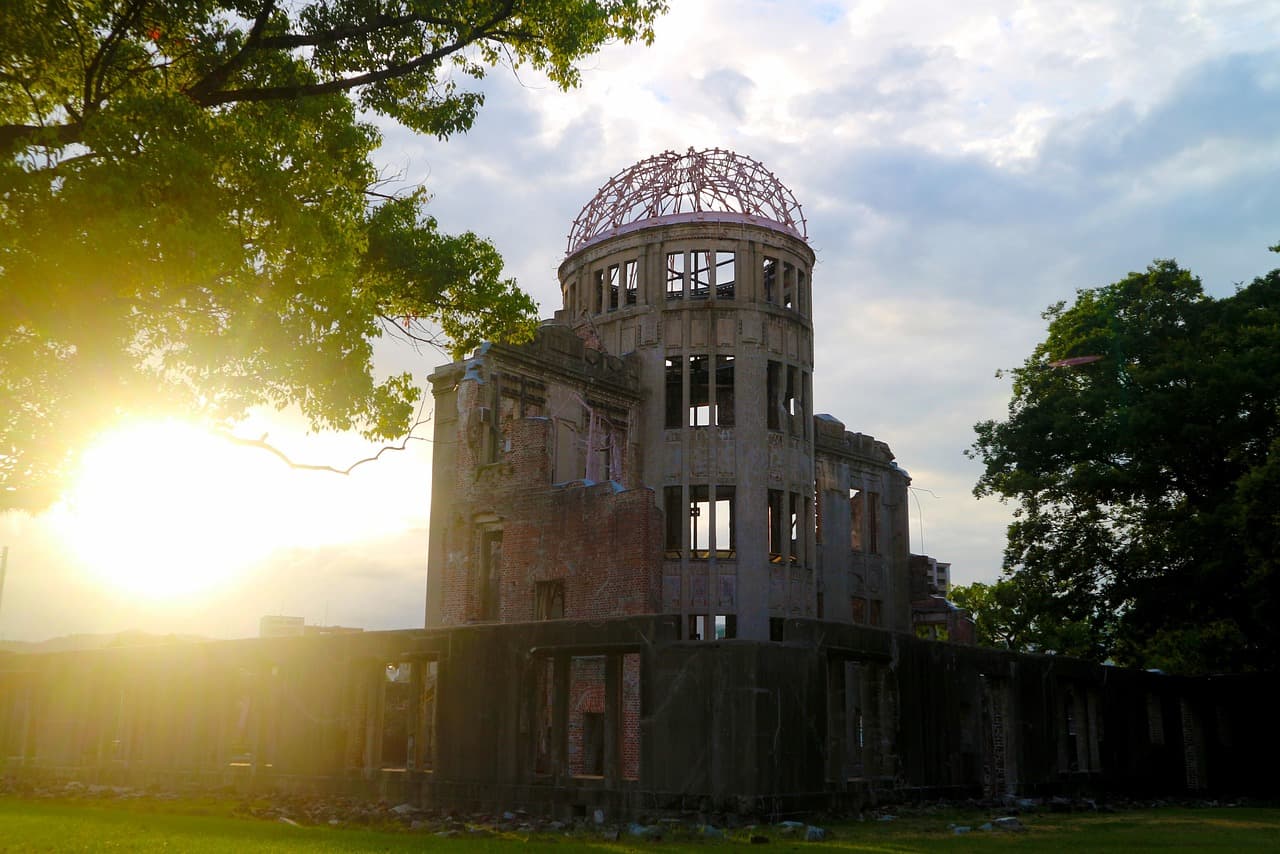The History of Hiroshima Day and Its Legacy

The Atomic Bombing of Hiroshima
On August 6, 1945, the United States dropped an atomic bomb named "Little Boy" on Hiroshima, Japan, during World War II. The explosion killed an estimated 70,000–140,000 people instantly or within months, with countless others suffering long-term effects from radiation. This marked the first use of a nuclear weapon in warfare, profoundly shaping global history.
Establishment of Hiroshima Day
Hiroshima Day was established to commemorate the victims and survivors, known as hibakusha, and to promote peace and nuclear disarmament. Annual ceremonies began in 1946 at the Hiroshima Peace Memorial Park, with the Peace Bell ringing at 8:15 a.m., the exact time of the bombing, symbolizing a call for global peace.
Key Milestones in Peace Advocacy:
1955: Hiroshima Peace Memorial Museum opens to educate about the bombing’s impact
1964: Japan adopts the Three Non-Nuclear Principles, rejecting nuclear weapons = 1982: Hiroshima’s mayor launches the Mayors for Peace network to advocate nuclear abolition = 2017: The Treaty on the Prohibition of Nuclear Weapons is adopted by the UN, supported by hibakusha testimonies
Hiroshima Day Today
Every August 6, Hiroshima hosts a Peace Memorial Ceremony, attended by global leaders and citizens, to honor victims and renew commitments to a nuclear-free world. Lantern-floating ceremonies and educational events highlight the human cost of war and the urgency of disarmament. While progress has been made, the threat of nuclear proliferation remains a global concern.
Learn more History Trivia at
Ready to test your knowledge? Explore our vast collection of trivia games at triviaah.com and join the fun! With categories ranging from history and science to pop culture and sports, there's something for everyone.